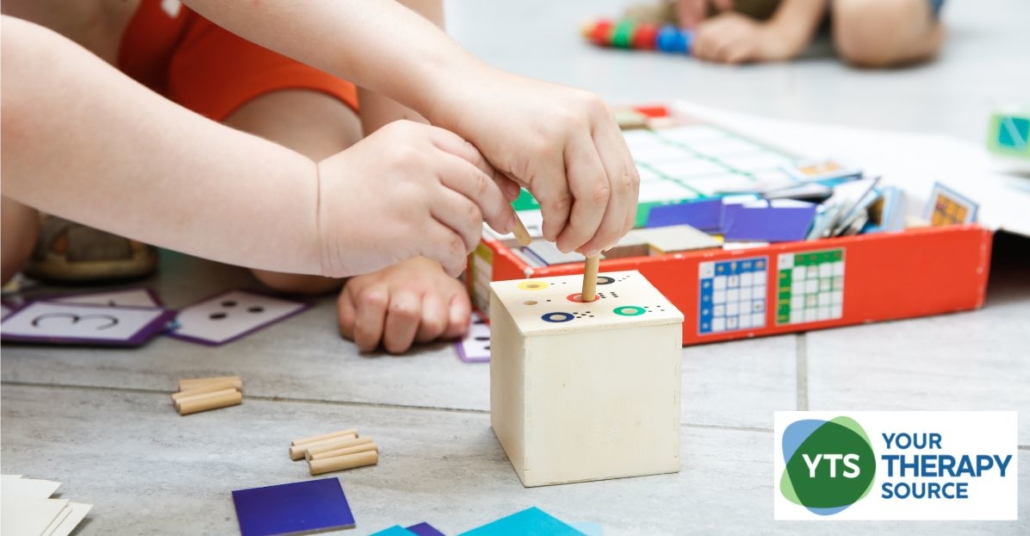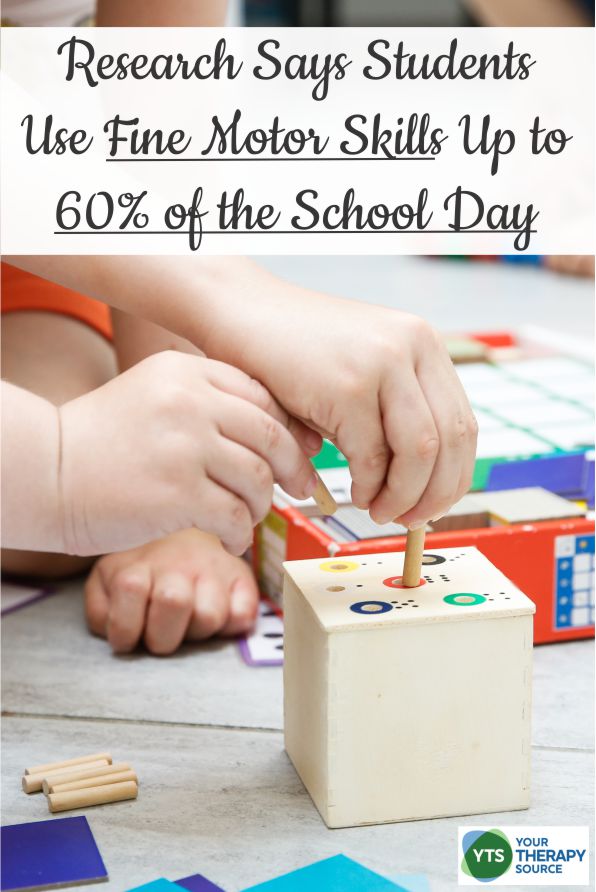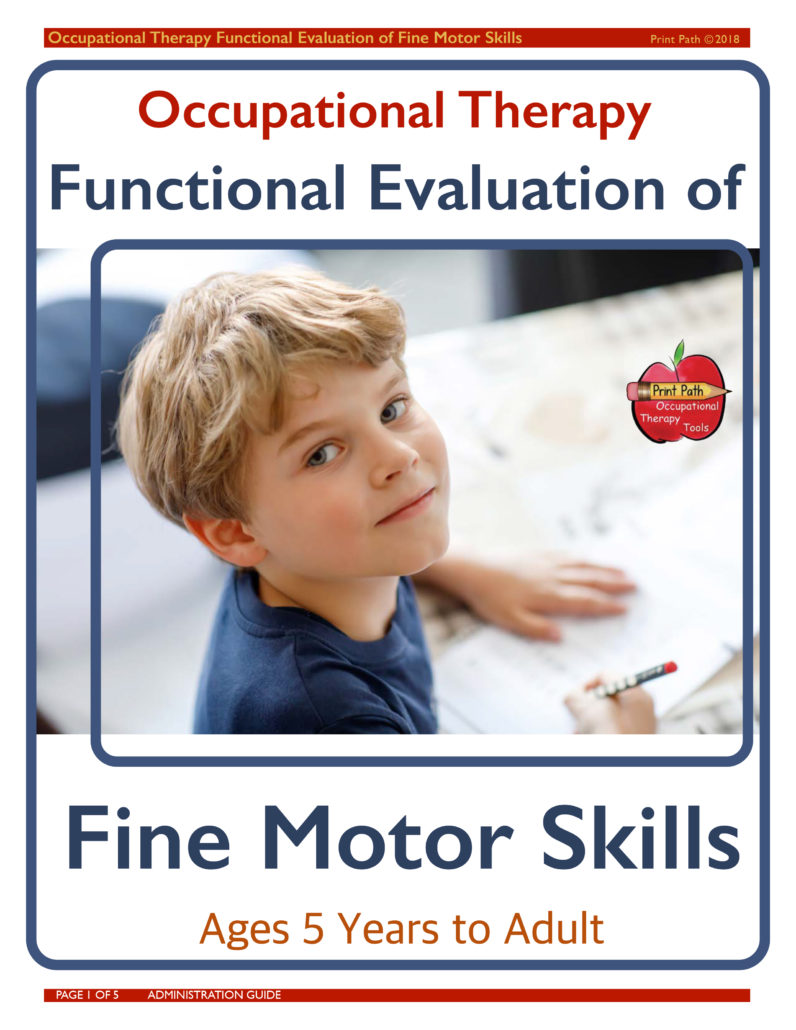Research Says Up to 60% of the School Day Requires Fine Motor Skills

Would you have guessed that up to 60% of the elementary school day requires fine motor skills? It certainly stresses the importance of fine motor skill development for school success.
The American Journal of Occupational Therapy investigated the motor and technology requirements of kindergarten, second-, and fourth-grade general education classrooms by collecting observational data for six full days.
Coding of the School Day Fine Motor Skills
The researchers made unobtrusive observations of and took notes that described classroom activities throughout
the day. A committee coded all of the data, assigning each minute of the day into 1 of 10 activity categories:
- Fine motor, nonacademic content (ie art, building blocks, etc)
- Fine motor, academic content (ie manipulatives, coloring, etc)
- Academic content, no fine or gross motor involvement (ie. spelling)
- Nonacademic content, no fine or gross motor involvement (ie watching a video)
- Computer or other technology use by student for leisure or academic purposes
- Unstructured gross motor activity (ie recess)
- Structured gross motor activity (ie PE class)
- Handwriting
- Transition (ie unzipping backpacks, gathering materials, etc)
- Dining
Results of the Study on Fine Motor Skills During the Elementary School Day
Data analysis revealed the following:
- Students spent between 37.1% and 60.2% of the school day performing fine motor activities.
- time spent with paper-and-pencil task fine motor activities was 17.8% in kindergarten, 35.8% in second grade, and 37.4% in fourth grade.
- time spent on manipulation fine motor activities was 82.2% in kindergarten, 64.2% in second grade and 62.6% in fourth grade.
- handwriting time was 3.4%–18.0% of the day.
- technology time ranged from 4.8% in kindergarten, 3.1% in second grade and 14.3% in fourth grade.
- fine motor skills during transitions between activities accounted for 18.9%–23.4% of the school day.
School day fine motor skills demand increased with age:
- kindergarten = 37.1% of the school day.
- second grade = 50.1% of the school day.
- fourth grade = 60.2% of the school day.
Gross motor skill demands throughout the school day were more consistent across the three grade levels ranging from 25.0% to 28.8% of the school day for kindergarten through fourth grade.
Recommendations for School Day Fine Motor Skills and Occupational Therapy
The researchers concluded that:
- when students struggle with fine motor skills they may require support throughout the day, rather than only during specific fine motor skill activities.
- time spent on handwriting has decreased throughout the years compared to previous research indicating fewer opportunities for handwriting practice during the school day. If students have handwriting deficits, they may need more practice time outside of the school day.
- less time was observed using technology than expected and more fine motor time was observed during transition time.
Reference: Caramia, S., Gill, A., Ohl, A., & Schelly, D. (2020). Fine Motor Activities in Elementary School Children: A Replication Study. American Journal of Occupational Therapy, 74(2), 7402345010p1-7402345010p7.
Standardized evaluation scores do not provide OTs with the necessary information for developing targeted and functional treatment plans. With over 25 years of clinical practice, school-based Occupational Therapist Thia Triggs of Print Path has developed this fine motor skills assessment for occupational therapy titled the Functional Evaluation of Fine Motor Skills. It is a clinical observation tool which precisely and comprehensively documents the many components of fine motor function. In order to optimize your clinical observations and clinical reasoning, and to pinpoint the underlying causes and distinct fine motor skill deficits that your client has, you can use the Functional Evaluation of Fine Motor Skills for individuals ages 5-year-old-to-Adult. (This is included in the Fine Motor Bundle)






